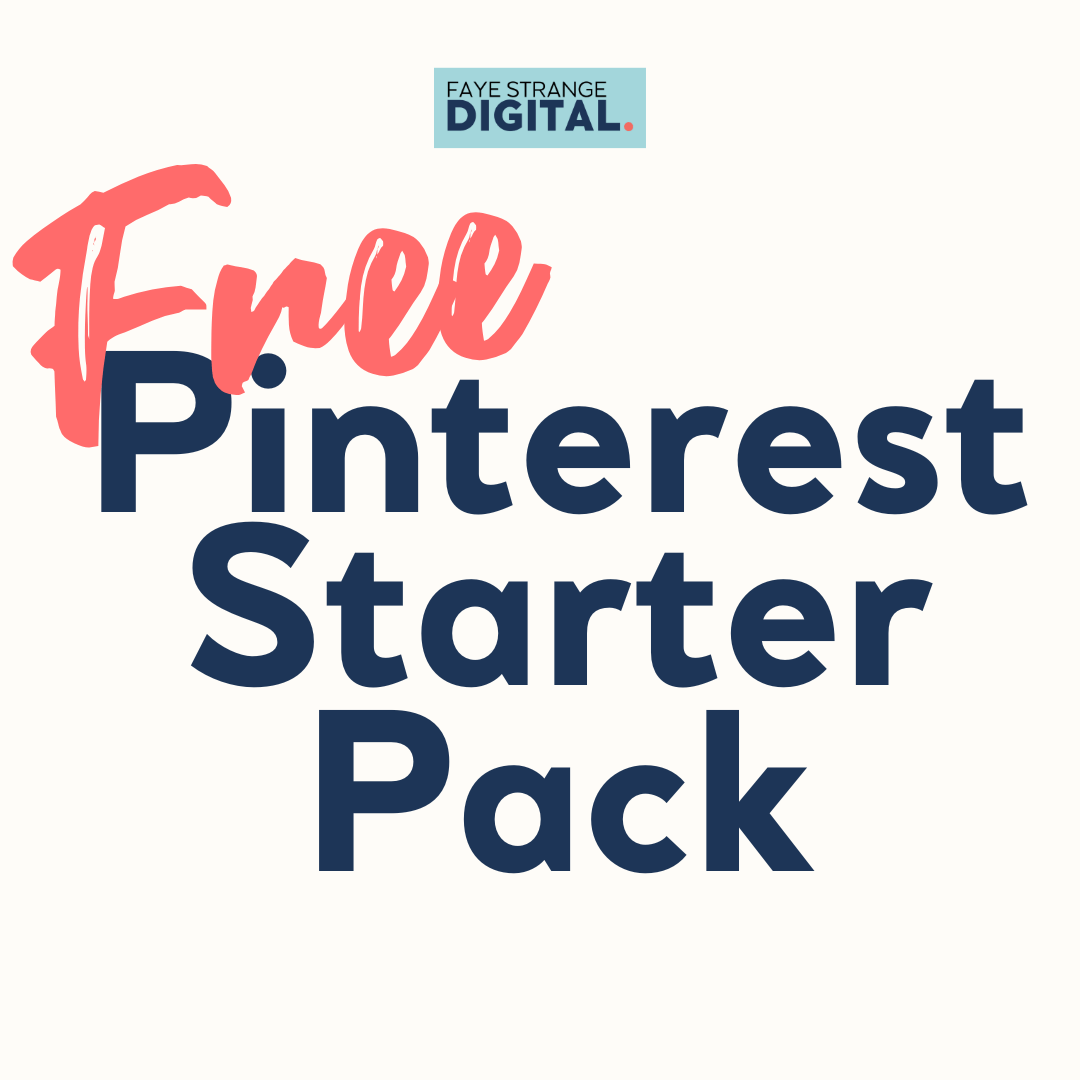How to Turn Your Blog Into a Mini-Funnel That Sells for You
Some links on this site are affiliate links, meaning I may earn a small commission at no extra cost to you. I only recommend products I trust and use myself. Thank you for supporting my content!
Most People post… and forget it 😅
You hit publish on a blog post, share it on Pinterest, and maybe pop it on Instagram too, and then move on to the next thing.
But that blog post could be doing so much more for your business!
If you get consistent Pinterest traffic or Google views, you already have people landing on your site who are interested in what you offer.
They’re warm. They’re curious. They’re looking for solutions.
So instead of letting them drift away, guide them through a simple blog funnel that builds trust and leads them naturally to your freebie, your email list, and eventually your offers.
What is a blog funnel (and why you need one)?
A blog funnel is a mini marketing system that turns blog readers into subscribers or customers without being pushy or complicated.
It’s a key part of evergreen marketing, because it helps your content quietly generate traffic, leads, and sales long after it’s published.
Here’s how a typical mini-funnel works:
Pinterest → Blog → Freebie → Email → Offer
Each step moves your audience closer to becoming a buyer and once it’s set up, it runs quietly in the background while you focus on creating new content.

Step 1: Choose the right blog post
The first step in creating a blog funnel is picking the right post.
You’re looking for a piece of content that:
Solves a specific problem your audience is searching for
Naturally connects to one of your offers
Already gets good Pinterest traffic or ranks well on Google
For Example:
Blog post: '5 Simple Ways to Boost Your Energy Naturally'
Freebie: '7-Day Energising Meal Plan' or 'Healthy Snack Guide for Busy Women'
Offer: Your Nutrition Coaching Program or Mini Course on Eating for Energy
Start with one strong post, you can always build more mini-funnels later.

Step 2: Create a freebie that feels natural
Your freebie (or lead magnet) is the bridge between your blog content and your email list.
It should feel like the next logical step after reading your post, not something random or disconnected.
Great freebie ideas include:
- A checklist or cheat sheet
- A short PDF guide or workbook
- A template or planner
- A bite-sized training video
When your freebie matches the topic of your blog, your reader will think 'Yes! That’s exactly what I need next.'
That’s how you start turning your content into a conversion funnel, one that builds your list with genuinely interested people.
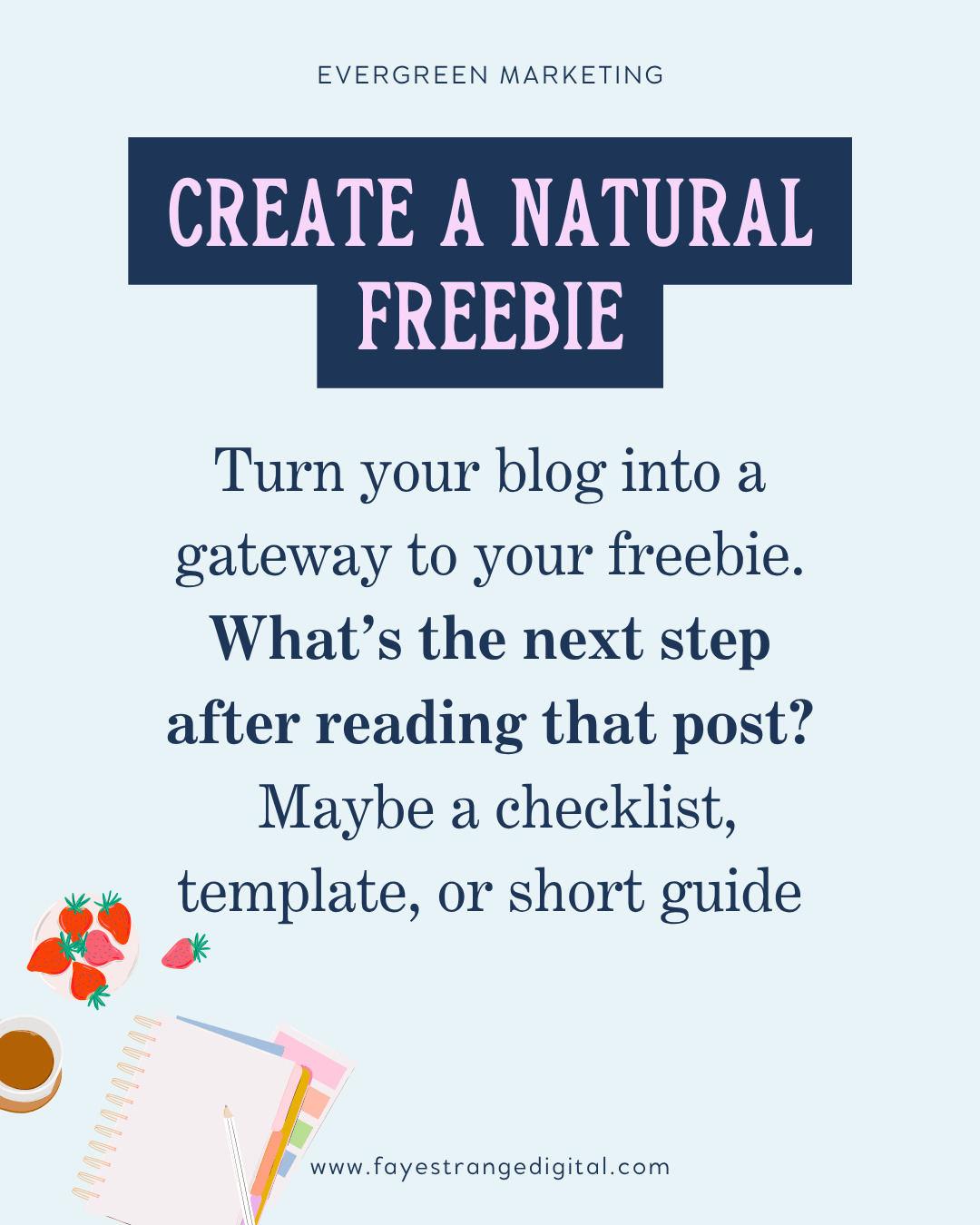
Step 3: Set up a short email funnel
Once someone grabs your freebie, don’t stop at 'Here’s your download.'
This is where your email funnel comes in.
A short sequence of 3–5 emails can:
Build trust and connection
Share quick wins or extra value
Naturally lead into your offer
💌 Example flow:
1. Deliver the freebie and share a quick bonus tip
2. Share a story or behind-the-scenes insight related to the blog topic
3. Introduce your offer as the next logical step
4. Send a reminder or success story to build confidence.
These emails should sound like you; friendly, conversational, and focused on helping.
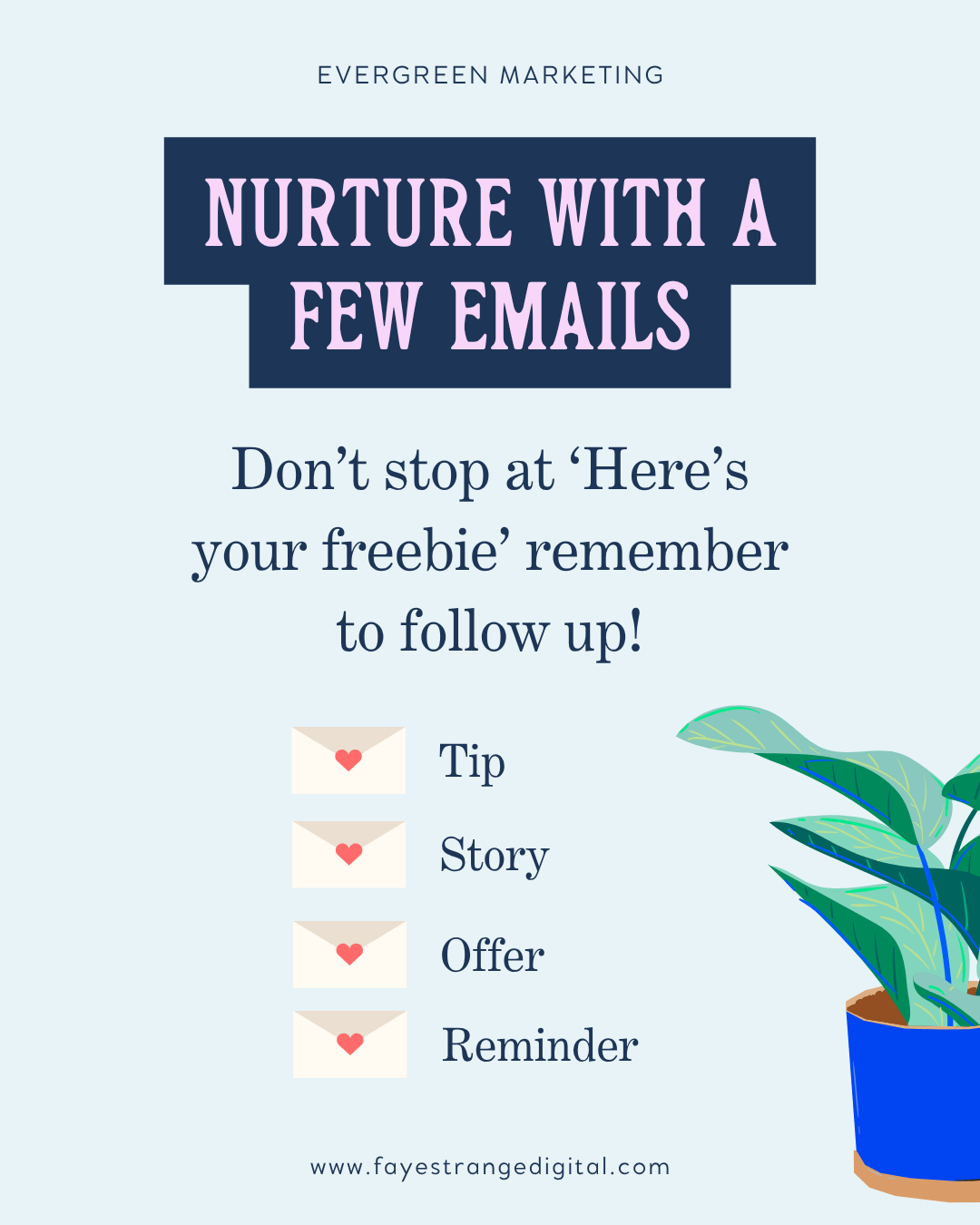
Step 4: Lead readers to your offer
Your offer is where the transformation happens.
Think of your blog post as the start of the journey. The offer is the destination, the full solution.
If your blog post solves a small problem, your offer should solve the bigger one.
Examples:
Blog about meal prep for busy weeks → Offer a healthy eating course or recipe membership
Blog about managing stress naturally → Offer a 1:1 coaching session or mindfulness toolkit
Blog about improving gut health → Offer a gut health program or downloadable meal plan bundle
The key is to make your offer the natural next step a deeper, more supported version of what your reader just learned in the blog.
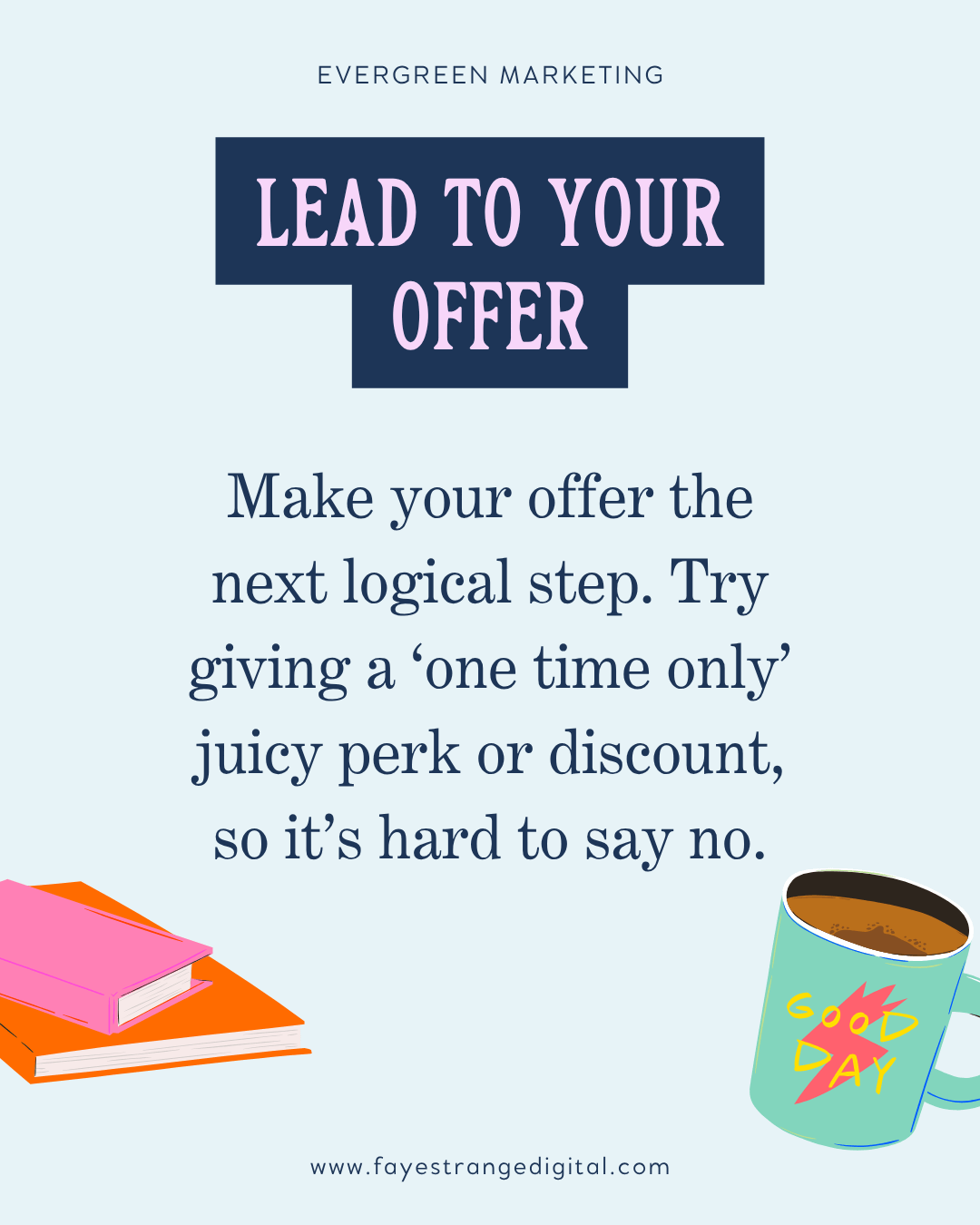
Step 5: Optimise and track your blog funnel
A good blog funnel grows stronger over time if you track and optimise it.
Here’s how:
✅ Add opt-ins in multiple places (top, middle, end of your post)
✅ Use clear CTAs like “Grab the free checklist”
✅ Update older posts to include your freebie or offer
✅ Check your analytics and watch for clicks, sign-ups, and Pinterest traffic trends
When you see which posts convert best, you can create more funnels around similar topics.
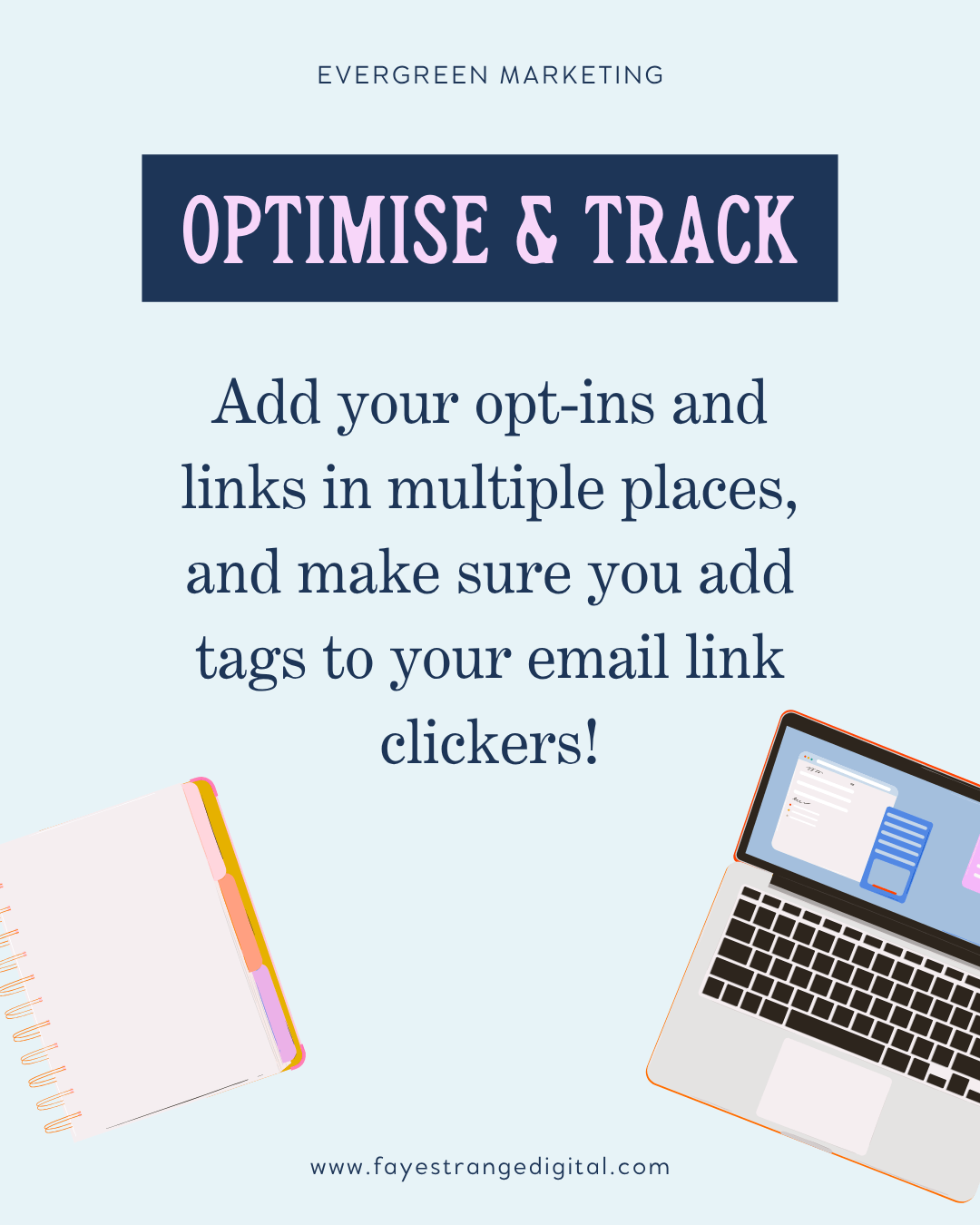
What if you sell products?
If you’re a product seller, the same funnel still applies, just tweak it slightly.
Instead of a freebie, focus on showing how your product fits into your reader’s life.
Your mini-funnel might look like this:
Pinterest → Blog → Product Feature → Shop CTA (or discount opt-in)
Ideas for product-based blog funnels:
'Shop This Look' or 'Get the Supplies' section in your post
Lifestyle photos that show your product in use
A 10% discount code for joining your email list
A printable guide or styling checklist
Example:
Blog post: '5 Easy Self-Care Ideas for Busy Mums'
Product: Your self-care kit or candle bundle
CTA: 'Shop the collection' + a discount code
This still counts as an evergreen funnel, it attracts Pinterest traffic and gently converts readers into customers.

Why blog funnels matter for evergreen marketing
When you combine a strong blog funnel with Pinterest traffic, you create a system that drives traffic, builds your list, and sells for you all year round.
You’re no longer chasing trends or relying on social media and your content keeps working even when you’re not.
A single blog mini-funnel can bring consistent leads and sales every month, quietly running in the background while you focus on other parts of your business.
Ready to build your blog funnel?
Inside the PinPower Growth Academy, you’ll find the full Blog Funnel Implementation Workshop, where we walk through this process step-by-step.
You’ll learn how to:
✨ Choose the right post for your funnel
✨ Connect your Pinterest traffic to your blog and freebie
✨ Write emails that convert
✨ Track what’s working
You’ll also get access to all my Pinterest courses, templates, and personalised support, everything you need to make your content truly evergreen.
👉 Join PinPower Growth Academy
Your blog doesn’t just have to collect views, it can become your best salesperson!
Pin Me!
Was this blog post helpful? Pin this blog to one of your boards to share it with your community and read it again later. I appreciate every single pin and share that I receive. 🧡
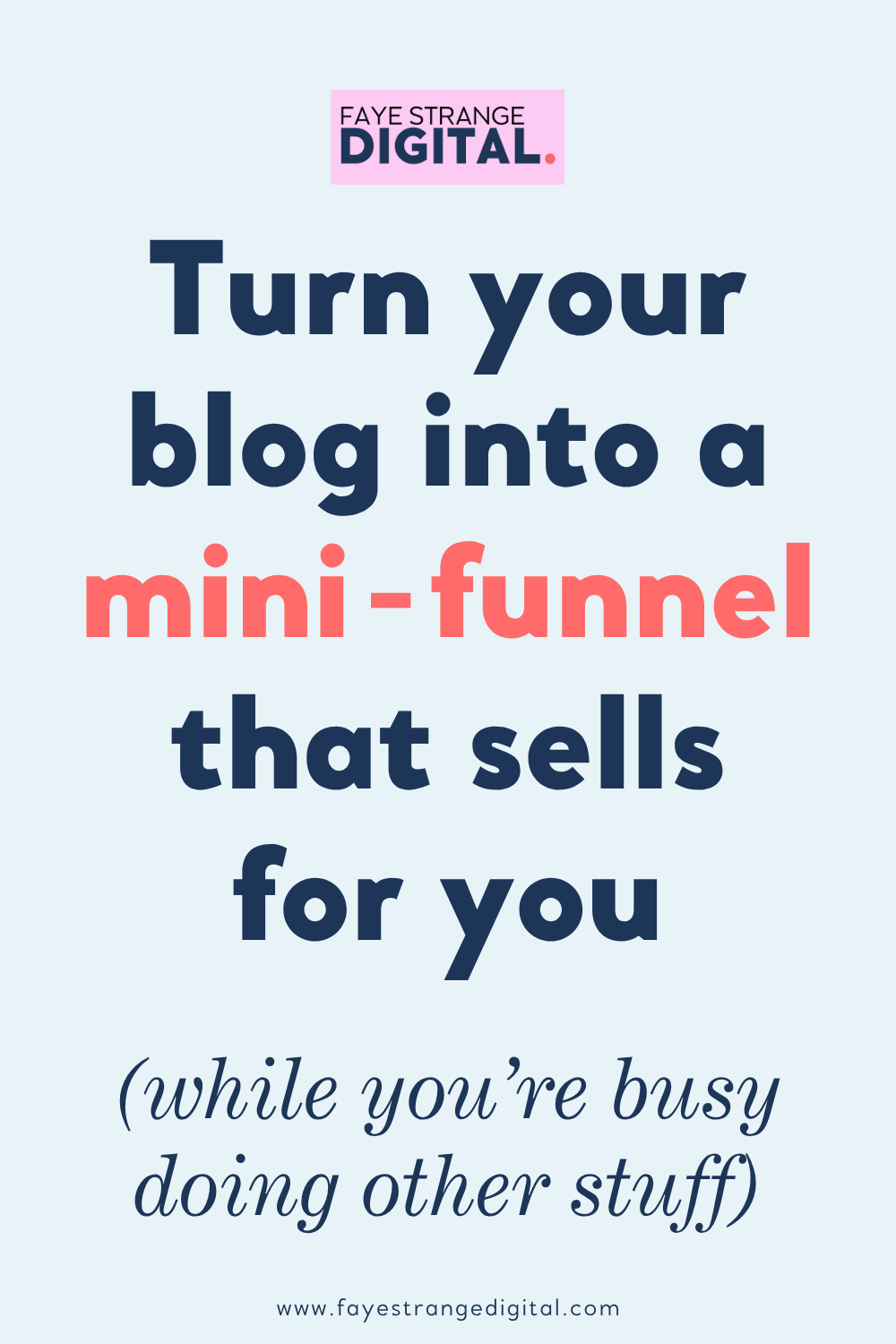
Grab Your Free Pinterest Starter Pack for Beginners
This free bundle helps you understand the platform, plan your content, and grow visibility for your business, even if you’re brand new.
What to Pin Cheat Sheet
Pinterest A–Z Glossary
Pinterest Visibility Checklist

